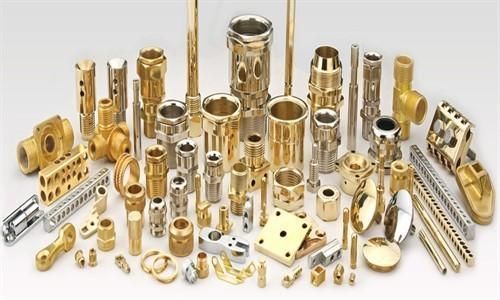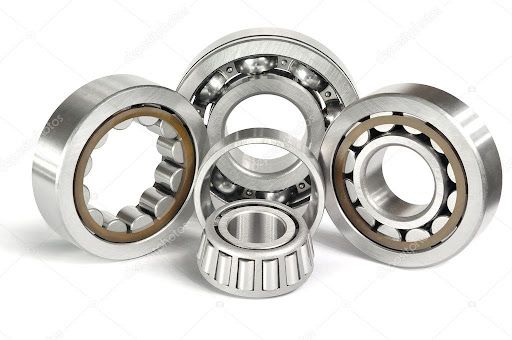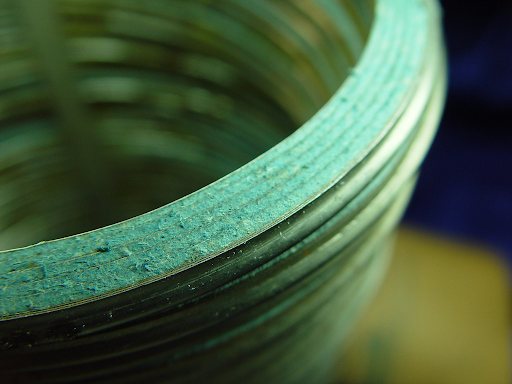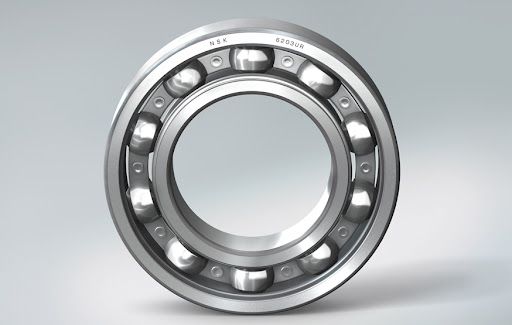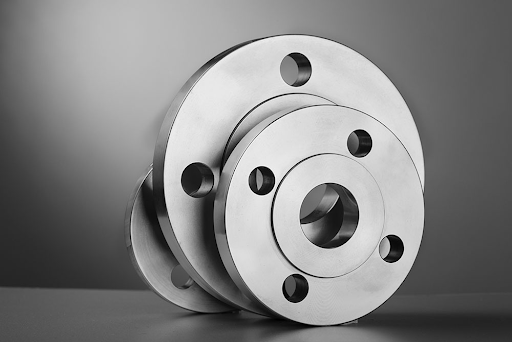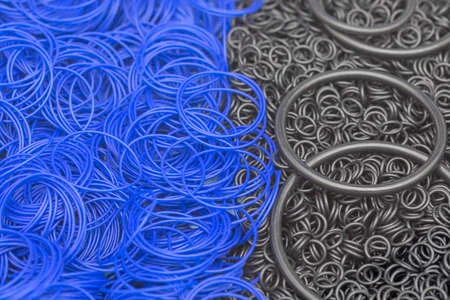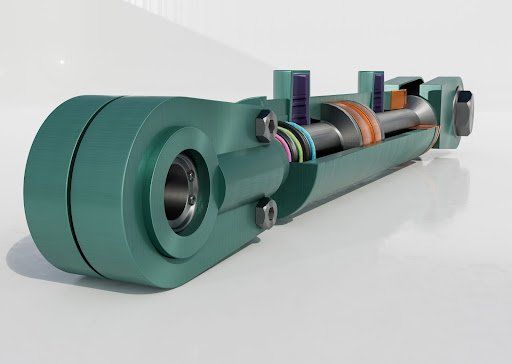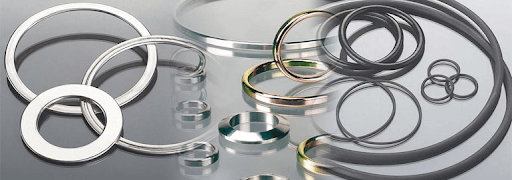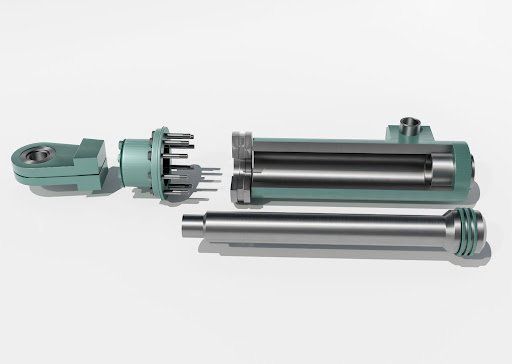A Round-Up Of Roller Bearings
A Round-Up Of Roller Bearings
One of the earliest known types of rolling-element-bearings, roller bearings have become the most widely used in the world today. While their structure may be similar to ball bearings, the difference is that roller bearings are specifically designed to support heavy radial loads. Roller bearings are popular for their cost-effectiveness, durability, tolerance, temperature range, availability, variety and easy maintenance.
The structure of a roller bearing is relatively simple. Instead of metal balls, it uses cylinders (rollers) to separate the moving parts of the bearing. This design evenly distributes the load or weight over a larger area, allowing it to support both radial and axial loads with very little rotational friction. There are four main types of roller bearings, each designed for a specific kind of application but also interchangeable where necessary.
Cylindrical Roller Bearings
As their name suggests, Cylindrical roller bearings use cylinders (as opposed to balls in ball bearings) as the rolling element, allowing them to distribute loads across a broader surface. This feature means they are capable of handling high radial load capacity, even at high speeds. Cylindrical roller bearings can be made in various different ways, depending on the application’s radial load requirements. They can have single, double or even multi-rows of cylinders and are generally used in precision machine tools.
Spherical Roller Bearings
Spherical Roller Bearings are self-aligning, can accommodate both heavy radial and axial loads in both directions and are known to be extremely robust. Their design features two rows of symmetrical rollers that are thicker in the middle and thinner at the ends, housed within an inner ring. They are named for their outer ring which includes a spherical raceway. Spherical roller bearings have been specially designed to work with severe misalignment and are commonly used in harvesting machines, air-blowers, paper and textile machines, woodworking machinery, cranes, as well as many other industrial and non-industrial applications.
Tapered Roller Bearings
Tapered Roller Bearings are expected to be high-performance bearings, capable of handling large radial and axial loads in a single direction. Their design features four basic components: an inner ring called ‘the cone’, an outer ring called ‘the cup’, tapered rollers, and a cage that houses the rollers. Their unique assembly makes tapered roller bearings excellent thrust bearings. They are typically used for heavy-duty, moderate speed applications such as agricultural, construction and mining equipment, as well as gearboxes, engine motors, reducers and conveyance vehicles.
Needle Roller Bearings
What makes needle roller bearings unique is the length and size of their cylindrical rollers. The standard length of the long, slender rollers is set to between three and ten times their diameter, meaning the ratio between the bearing’s outside diameter, and its inscribed circle diameter is very small. This design gives needle roller bearings a high radial load capacity, making them ideal for applications where radial space is limited. They are commonly found in textile machines, power tools, office equipment and home appliances.
If you’re in the market for roller bearings and need assistance selecting the best products for your particular application, please contact the dedicated team at Bearing Centre . Our highly-trained staff are available 24/7 to help you.

